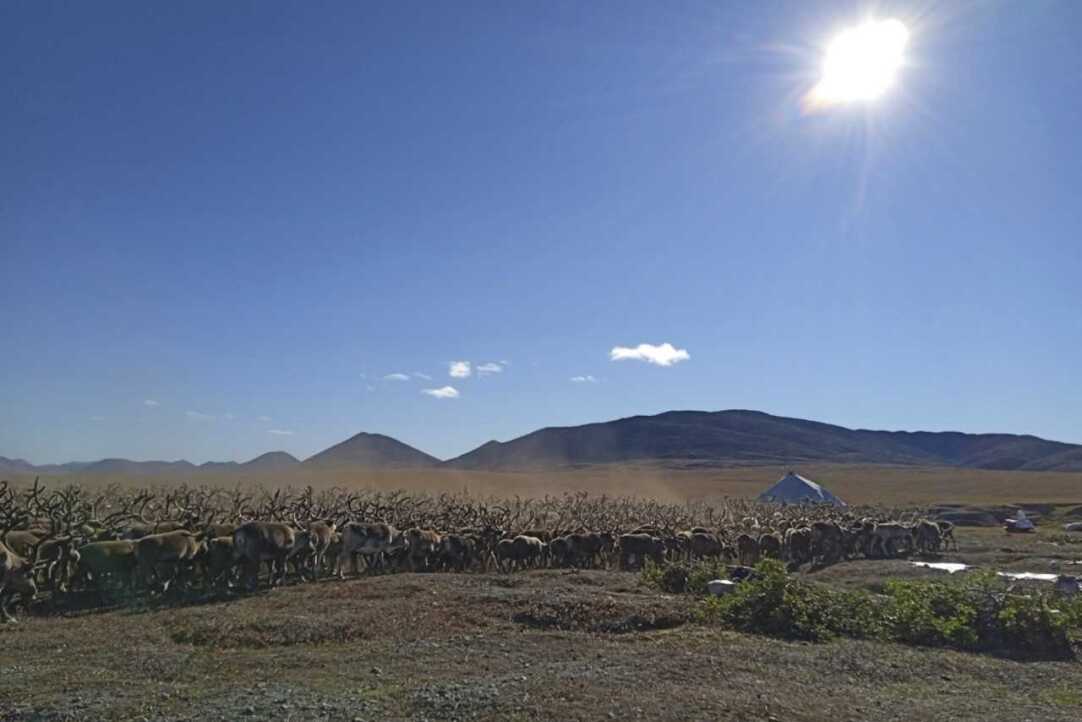Indigenous Languages and Cultures in Russia: Preserving Diversity

Despite the fact that linguistic and cultural diversity are considered one of the most important factors for the effective development of human potential both at the global and regional levels, there may be a certain loss of this diversity in the future. This study aims to provide a comprehensive analysis based on the latest data available in the field of social and humanitarian northern studies.
This issue of research digest presents new data in the field of social and cultural anthropology, exploring the formation of human identity, particularly ethnic, regional, and linguistic identities in the Republics of Karelia, Komi and the Kamchatka Krai.
This issue of research digest presents new data from the field of social and cultural anthropology, exploring the peculiarities of human identity formation, including ethnic, regional and linguistic identities in the Republics of Karelia, Komi and the Kamchatka Territory. The authors also provide an overview of linguistic diversity trends in these regions based on the data about the Chukchi and Tundra Nenets languages.
According to the experts, many of the languages spoken by the small indigenous peoples of northern Russia are facing the threat of extinction. The systems of communication used at the moment are phonetically and grammatically different from those described in the 20th century and they need to be documented as soon as possible. One of the main challenges in preserving the linguistic and cultural diversity in selected regions is the difficulty in passing it on from one generation to the next, which is due to the decline of certain ethnic groups. Nevertheless, despite the decreasing use of some languages in everyday communication, they still play an important role in shaping human identity.
The authors of the new issue research digest claim that, while studying linguistic and cultural diversity in northern regions, it is important to use methods based on the principle of comprehensive analysis. That is why northern language structures and their interconnections should be examined in conjunction with other linguistic phenomena and categories.
Human Capital Multidisciplinary Research Center Digest Project is managed by Olga Voron.
The new issue of the research digest (Russian version) is available at the link.
Previous issues are available at the link.